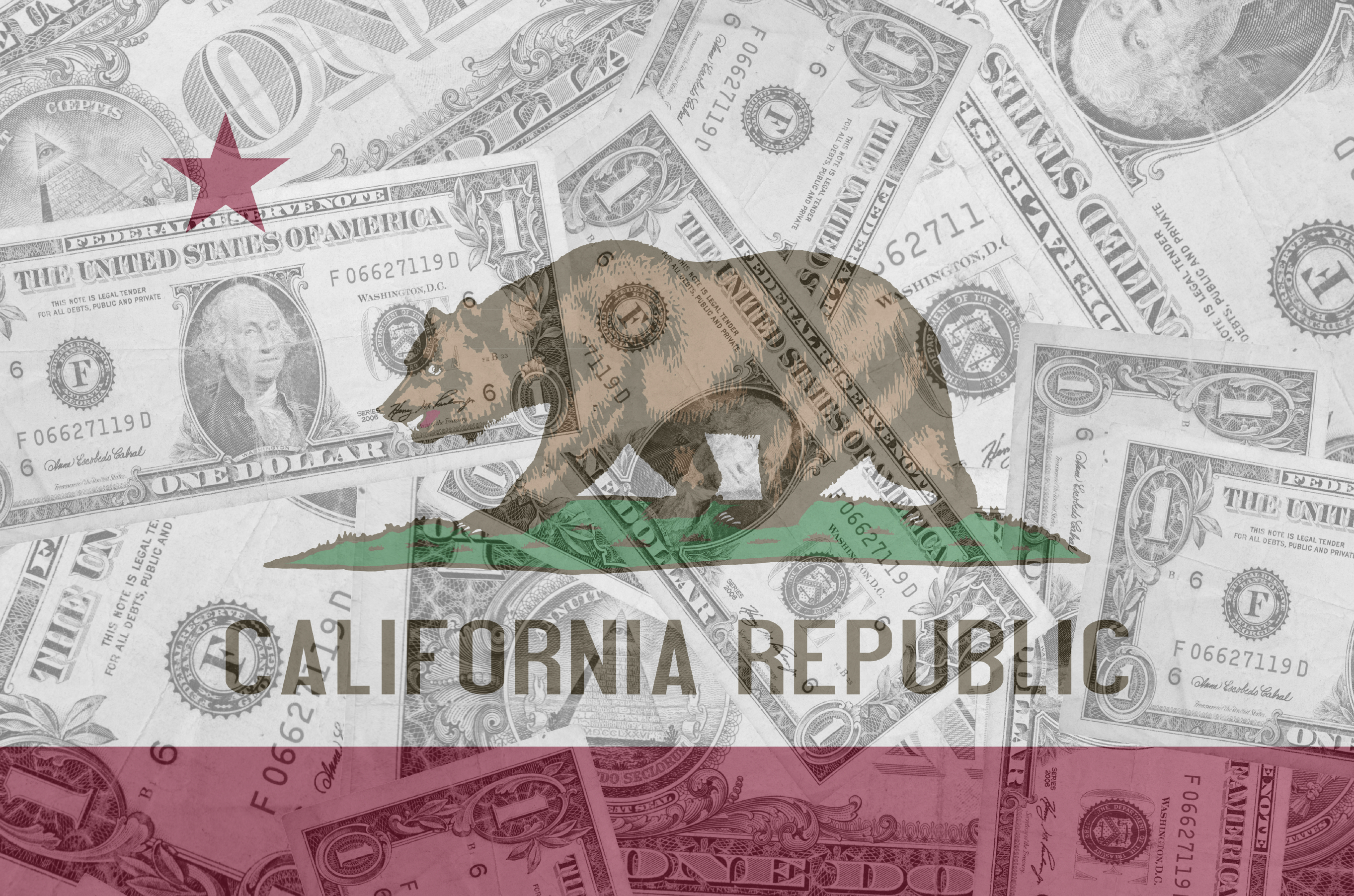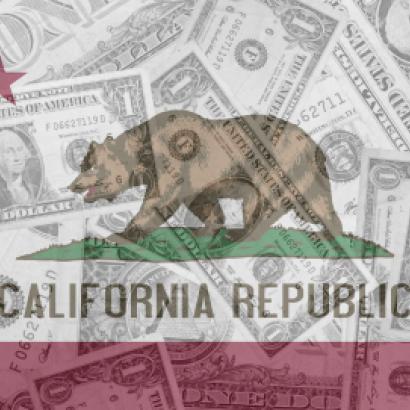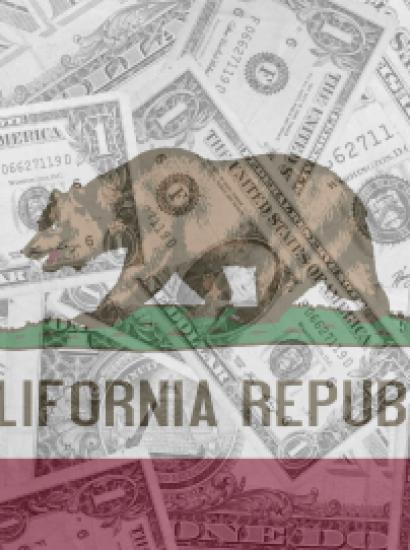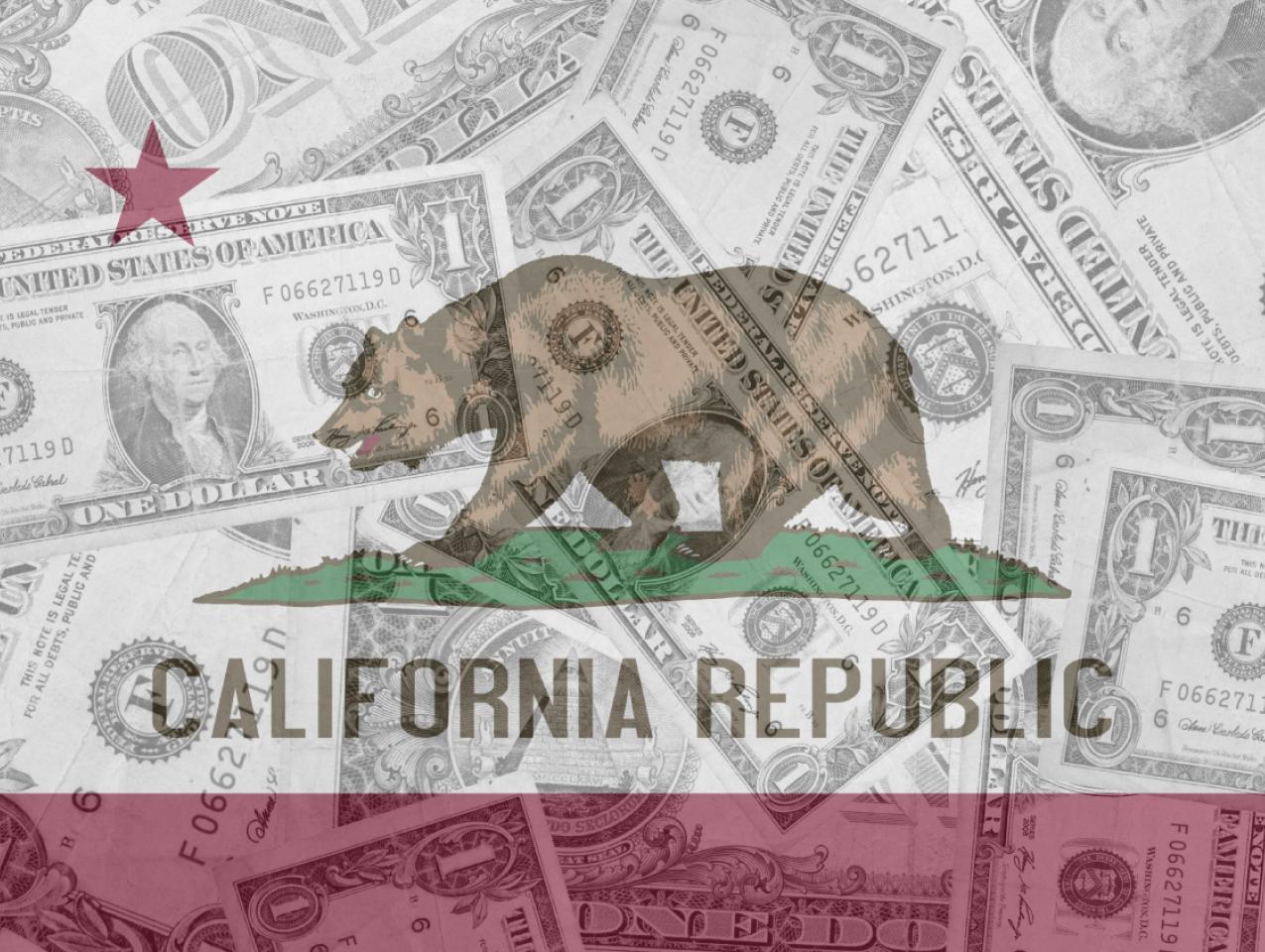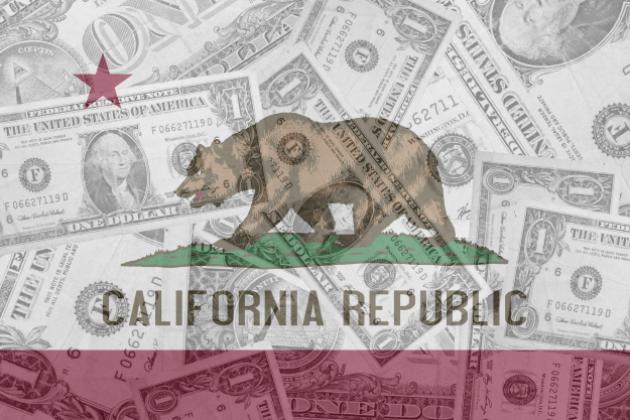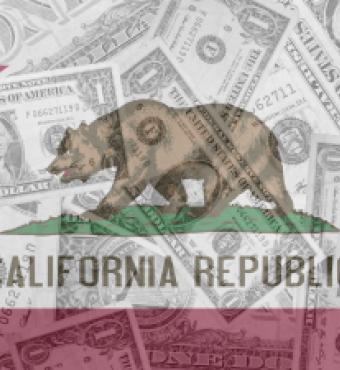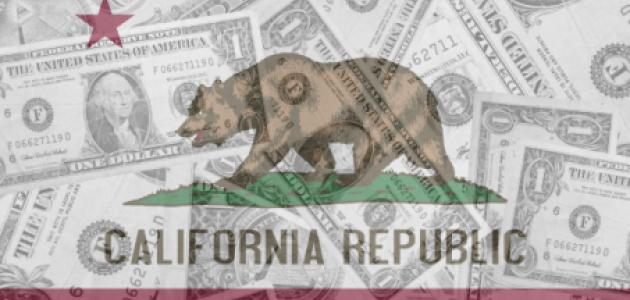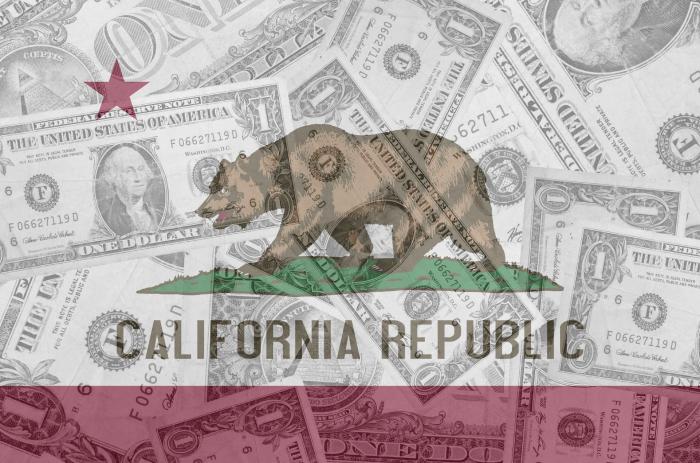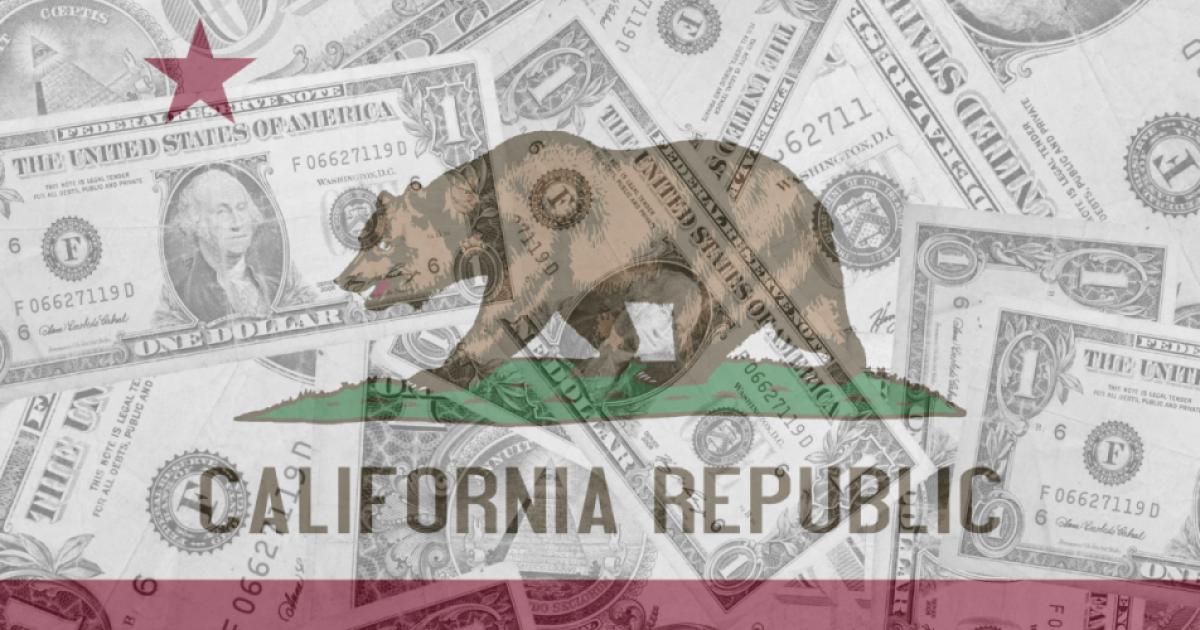- Economics
- Politics, Institutions, and Public Opinion
- Campaigns & Elections
- The Presidency
- State & Local
- California
For the last three years, my Hoover colleague Bill Whalen and I have been writing weekly in this space about California policies and politics. During this time, I have become painfully aware of how life is quickly deteriorating for many California families, including those running small and medium-sized businesses, and this deterioration reflects a decline in the quality and accountability of state and local governance.
Just how bad is it? California ranks 49th for the cost and ease of doing business, its unemployment rate is only surpassed by Nevada (California is 49th in the country) it ranks 40th in taxes and in K–12 public school quality, it ranks 49th in housing affordability, it ranks 48th in economic freedom, and it ranks 49th in road quality, which costs California drivers an extra $2,500 annually in higher insurance premiums and car repairs.
Need more stats about California’s devolution?
- Drought occurs every three years, yet there have been no major water infrastructure investments since the 1970s.
- Businesses are leaving the state at twice the rate as recent years.
- Crime rates have increased by one-third.
- More than one out of three Californians lives in poverty or near poverty.
- An “affordable” apartment unit can cost over $1 million to build.
- Despite high salaries, only one in five Silicon Valley households can afford the median-priced home.
- Nearly 30 percent of American’s homeless are in California.
- The unemployment department paid over $30 billion in fraudulent benefits while delaying legitimate payments for months.
- Failure to manage forests has led to wildfires that create carbon emissions equivalent to that of an extra 10 million cars on the road annually over the last decade.
- Just three categories—Health and Human Services, K–12 public schools, and the prison system—eat up two-thirds of the state’s budget.
- In public schools, 80 percent or more of Hispanic and Black students are not proficient in mathematics.
- State and local government workers earn more than twice as much (including retirement contributions) as private-sector workers.
- San Francisco, where 2 million hypodermic needles are left each year on city sidewalks, has 50 percent more drug addicts than high school students.
These statistics not only show that the state is heading in the wrong direction but also reveal an unsustainability—as in, “the car is speeding toward the brick wall” unsustainability. The state cannot continue this way, and the only question is how this will change. Will California crash? Or will these problems be addressed in real time to avoid the otherwise unavoidable?
Addressing this question requires understanding why all this happened. The answer is that the three pillars of functional governance—accountability, effective incentives, and respect for the taxpayer—are no longer part of state and local government. Without these pillars, the basic functions of government—protection, forging a cooperative partnership with the private sector, and providing quality public services at a competitive cost—are out the window.
In short, California needs a governance re-do. A total makeover. A return to the basic functions of government while letting the market, rather than government, decide the minutiae of daily life: deciding how department stores market children’s clothes, rather than requiring them to be displayed in a gender-neutral fashion; requiring that every new home be built with solar panels, along with the most energy-efficient insulation, appliances, and windows; potentially banning natural gas in new construction; making it illegal to work as an independent contractor; dispensing with traditional mathematics education because a handful of ethnic studies teachers say it is racist . . . the list goes on.
How does California get back to the basics of functional governance? It begins with the state’s political leadership advancing reform ideas to get back on track, and this in turn begins with the governor’s office. And this brings us to the recall vote on Governor Gavin Newsom, who won the governorship less than three years ago with 62 percent of the vote, but who now is polling in the low-mid-50s in terms of those who would vote in favor of him now, up from the high 40s earlier this summer.
Governor Newsom doesn’t appear to be the person who will restore accountability, incentives, and respect for the taxpayer, because after nearly three years as governor, he has done little if any of this. Governor Newsom has an even grander vision of what government should be, with seemingly little regard for these foundational principles. He signed Assembly Bill 5 into law, which makes it illegal for many Californians to work as independent contractors in their chosen occupations. This bill was pushed through the Assembly, Senate, and governor’s office purely along party lines, with no Republican support. Government should never stand in the way of legal and mutually beneficial economic creation, and I can think of no other law which is such an obvious intrusion into personal and economic freedom as California’s AB 5.
This bill was passed to try to force independent contractors into formal employer-employee relationships to provide the state’s labor unions with the opportunity to organize more workers into collective-bargaining agreements. But what it has done is destroy many productive business relationships by making them illegal. Just who are your elected representatives representing?
The state Employment Development Department’s disastrous management of unemployment benefits during the COVID-19 lockdown—in which over $32 billion was fraudulently paid, including to convicted felons, while legitimate payments were delayed for months—is a mess that was in the oven long before Newsom was elected, but Newsom had the opportunity to fix it. And more than a year after this debacle came to light, it remains unresolved. Scheduled legislative hearings on the EDD have been delayed until after the recall. Quelle surprise. This is a horrendous example of what happens when the principles of transparency, accountability, proper incentives, and respect for the taxpayer are abandoned.
How has Newsom fared in the sphere of public education, in which children from the poorest families tend to have the worst learning outcomes, receiving such a deficient education that they may never have the chance to compete for good jobs? Modest changes in teacher tenure, school choice, and the introduction of merit and specialist-based pay could make an enormous difference in the quality of California public schools. But this would go against teachers’ unions, among the most important political supporters of Newsom and the state’s Democratic Party.
Instead of more school choice, California AB 1505, signed by Newsom, makes it easier to block new charter schools if opening a charter would harm existing schools. Whatever happened to competition in the marketplace and consumer choice? Why do we relegate poor families to attend a failing school without giving them options, or providing incentives for failing schools to be get better? The governor and the state legislature just made the state school pseudo-monopoly even stronger with AB 1505.
Climate change? Newsom has been a champion for this front, approving of virtually all efforts to reduce California’s already tiny contribution to global emissions, seemingly irrespective of the cost and how it will affect poor families. But what the governor has not done is move the needle on the management of vulnerable forests and grasslands to prevent these fires. Both this year and last year, carbon dioxide emissions from California wildfires exceed CO2 emissions from all fossil fuel sources in California by 25 percent in both 2020 and 2021. Moreover, wildfires release enormous amounts of particulate matter and other pollutants that have been tied to extreme increases in COVID rates and related deaths—as much as 50 percent higher in some California counties than would otherwise would have occurred in the absence of these fires. And we haven’t even touched those who perished in these fires, or those whose lives have changed irrevocably because of wildfires.
Housing? Newsom promised the equivalent of a “Marshall Plan” on building new housing, but in his first full year as governor, before the pandemic began, housing starts were about 75 percent below his annual goal, with little, if any, improvement in sight. The reason California continues to struggle with building homes is because of a mare’s nest of regulations, most prominently the California Environmental Quality Act, which has been weaponized to prevent new construction for decades, and which is ripe for substantial reform.
In 2011, as lieutenant governor, and as California was mired in its deepest recession in decades, Newsom presided over a bipartisan commission that concluded that state policies should be reformed, including a focus on eliminating regulations that hamper California businesses, reforming misaligned policies, and cleaning house on poorly functioning bureaucracies. The Gavin Newsom of 2011 was on the right track in advocating for these changes. But the governor of today is quite different from the Newsom of 10 years ago.
Despite the heavy-handed campaign against the recall by Newsom and the state’s Democratic Party, which has blasted the recall as the work of White supremacists and anti-vaxxers, the recall is about something much simpler, much less insidious, and much less conspiratorial. The recall is about economics, plain and simple. It is about people hurting during a government-engineered depression, when they couldn’t work as independent contractors or receive their unemployment support on time. This is about failed governance that hurts low and middle-income families the most. Full stop.
California remains a land of remarkable advantages that could be so much better for almost all if political leaders embraced the principles of effective governance and focused narrowly on protecting its citizens, providing the goods and services that people truly want at a competitive cost and making it easier, not harder, for the private sector to get things done.
More and more Californians are pleading for these changes. Are there enough to recall Newsom? The polls are sufficiently close that it is hard to say, but if not this year, then there will be even more voters demanding these changes in next November’s gubernatorial election. And if Governor Newsom does survive the recall, life in California will only improve next year if he views the recall as a reality check indicating that serving his constituents means getting state governance back on track and providing the leadership within his party to do this. And do it immediately.







